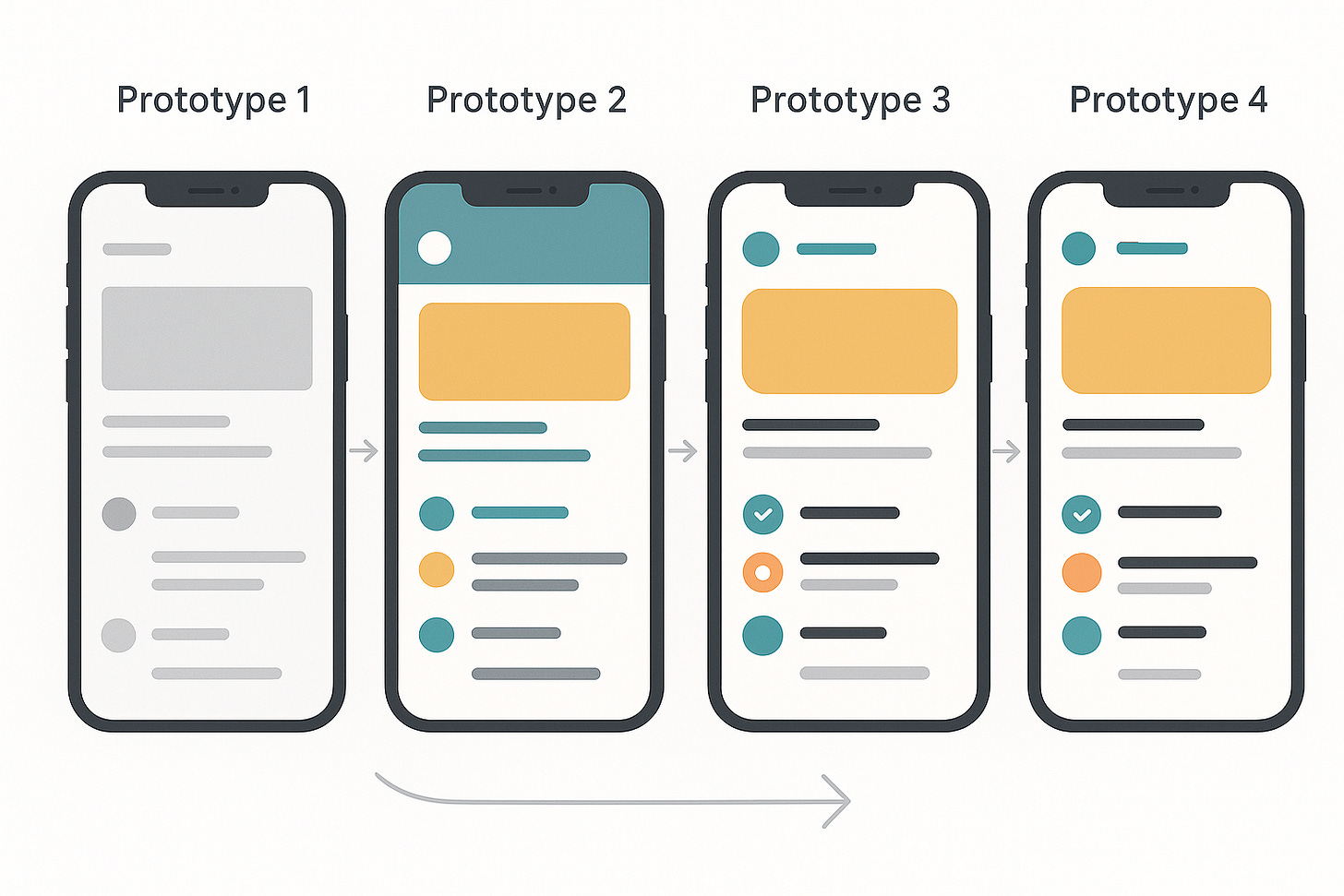The Vibe Coder's Playbook: 7 Tactical Moves for Building Without Barriers
Practical tactics for turning ideas into prototypes when AI does the heavy lifting
You've heard the theory. AI coding is changing everything. Natural language is the new syntax. Anyone can build now.
But what does that actually look like in practice?
Here's your tactical playbook for vibe coding — the nuts-and-bolts moves that turn conversation into creation.
1. Start With the End User's Internal Monologue
Don't begin with features. Begin with the voice in your user's head.
Instead of: "I need a task management app with calendar integration."
Try this: "I'm drowning in meetings and can't tell what actually needs my attention today. I wish something could just tell me: 'Here are the 3 things that matter most right now.'"
That second version gives AI context about feeling, not just function. The result will be more intuitive because the prompt was more human.
Tactical move: Write a 2-sentence internal monologue for your user before you write a single feature requirement.
2. Use "Show, Don't Build" for Complex Ideas
When your concept is abstract, don't try to explain it. Mock it up first.
The hack: Use AI image generators or simple wireframing to create visual context before you start coding conversations.
Upload that visual to your AI coding tool and say: "Build something that feels like this."
You'll get closer to your vision faster than explaining interaction patterns in text.
Tactical move: Spend 10 minutes making rough visual mockups before spending 2 hours refining prompts.
3. Chain Your Iterations Like Conversations
Don't treat each prototype as a standalone project. Build them as a sequence.
The pattern:
Prototype 1: Core concept, basic interaction
Prototype 2: "What if this, but simpler?"
Prototype 3: "What if this, but more personality?"
Prototype 4: "What if this, but for a different user type?"
Each iteration teaches you something the previous one couldn't. And AI coding makes this chain fast enough to complete in a single afternoon.
Tactical move: Set a timer for 45 minutes per iteration. When it goes off, ship what you have and start the next one.
4. Prompt for Personality, Not Just Performance
Generic prompts create generic products. The magic happens when you give your AI specific character.
Instead of: "Create a login screen."
Try this: "Create a login screen that feels like walking into a cozy bookstore — warm, welcoming, but not trying too hard to be your friend."
AI responds surprisingly well to metaphors, emotions, and cultural references. Use them.
Tactical move: Pick 3 adjectives that describe your product's personality. Include them in every prompt.
5. Build in Public, Iterate in Private
Share your rough prototypes early — but not your messy iteration process.
The workflow:
Build 3-5 quick prototypes privately
Pick the most promising one
Share it publicly for feedback
Use that feedback to guide your next private iteration sprint
This gives you the benefit of external input without the pressure of defending half-baked ideas.
Tactical move: Create a simple landing page that says "Prototype #X" and collect email addresses from people who want to follow your build process.
6. Use AI to Argue With Yourself
One of the best features of AI coding tools? They can play devil's advocate with your own ideas.
The technique: After building a prototype, ask your AI: "What would a user hate most about this? What's the most obvious flaw I'm not seeing?"
Then build a variation that addresses those critiques.
You'll catch usability issues before real users do — and you'll build better prompts for future iterations.
Tactical move: End every build session by asking AI to critique what you just made. Build the next prototype around that feedback.
7. Document Your Prompts Like Recipes
Your best prompts are your secret sauce. Treat them like valuable IP.
Keep a simple document with:
Context prompts that set up your project personality
Feature prompts that work consistently for specific functionality
Style prompts that nail your visual direction
Critique prompts that surface blind spots
When you find a prompt structure that works, save it. Reuse it. Remix it for new projects.
Tactical move: Start a "Prompt Library" in your favorite notes app (I use Evernote but there are tons of great apps to choose from). Every time something works well, add it to the collection.
The Real Game: Speed Meets Taste
These tactics aren't just about building faster. They're about building smarter — using AI to amplify your instincts, not replace them.
What's your best vibe coding discovery? Reply and let me know what's working for you.


